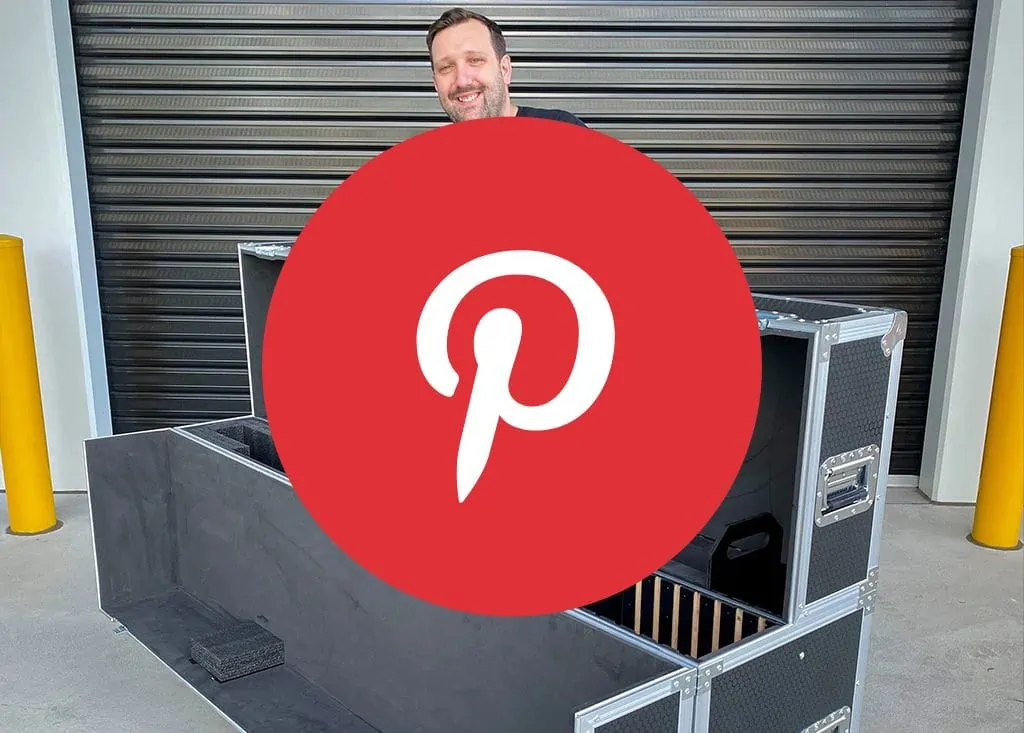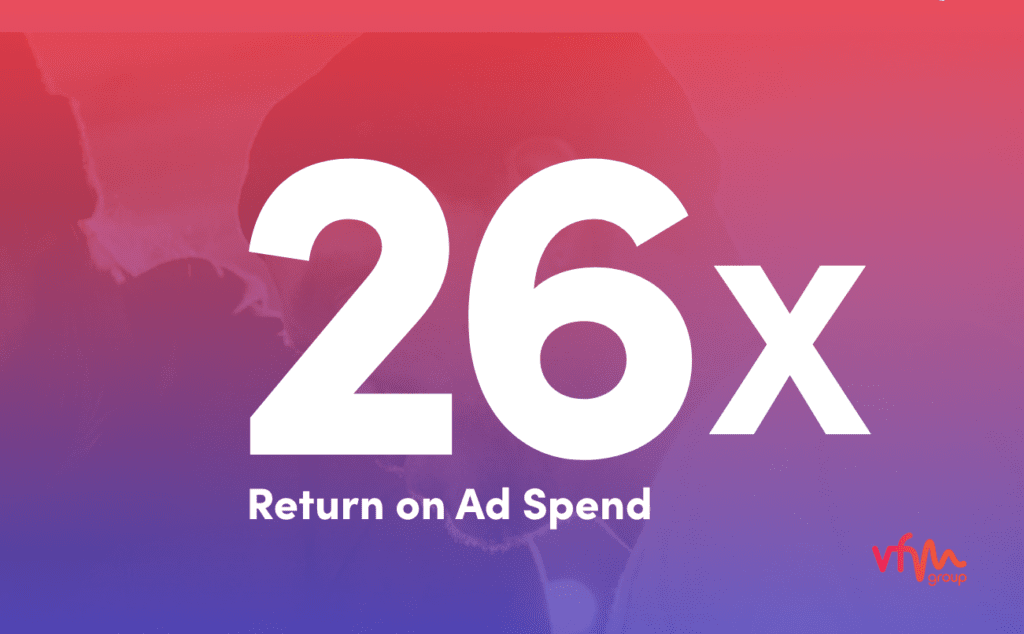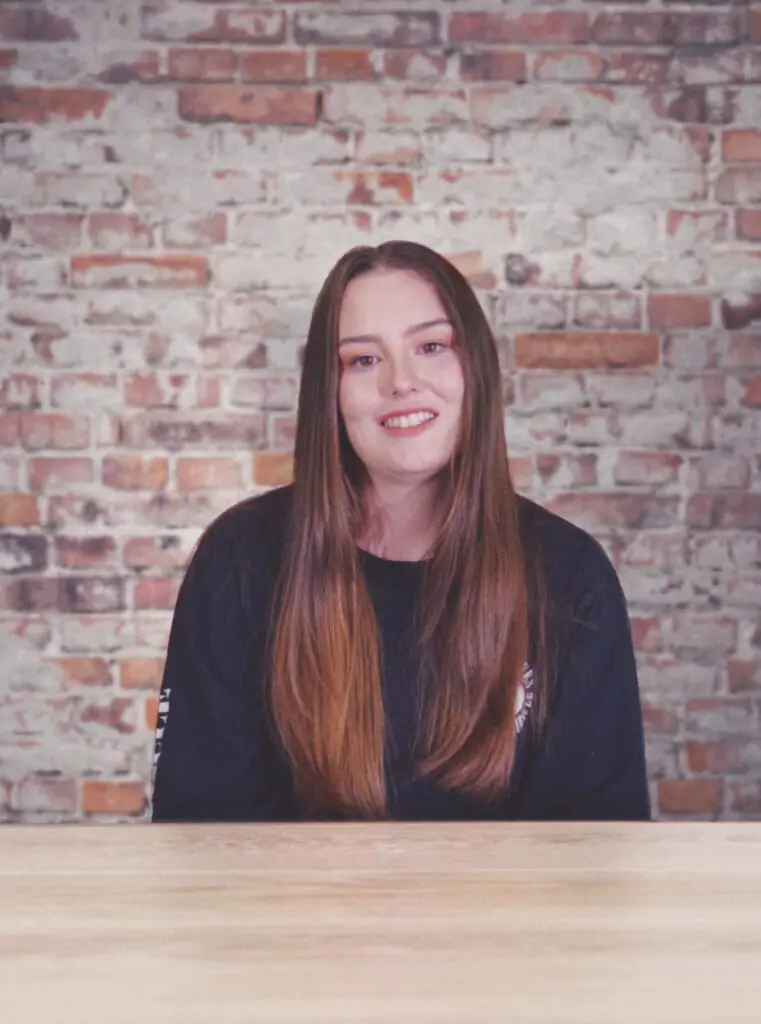While each of our digital marketing clients and their campaigns are totally different – we do always approach them with the same question.
“How can we deliver more customers for less?”
Our campaign for VFM Group is the perfect example of this. We spent months A/B testing their Facebook Ad campaign to find out how we could deliver a bigger return on their ad spend. As in more sales but for a smaller Cost Per Acquisition (CPA).
When we started the test, the client was averaging a 16x Return on Ad Spend (ROAS). By the end? We managed to secure VFM Group a 26x ROAS.
Wondering what Return on Ad Spend means? Basically, it’s the return or the revenue you generate for each dollar spent on advertising.
Here’s how we did it…
Psssst. Want to hear about the new paid ads platform we’ve been trialling? Stay tuned until the end. (Or, you know, just scroll on down to the bottom 👇)

Table of Contents
ToggleThe Client
We can’t launch into the case study without introducing you to the client. VFM Group is an eCommerce company selling professional AV and production equipment.
As an eCommerce business, VFM Group’s sales are online. So, their digital marketing results are as important as ever.
The Test
When it comes to your Facebook Ads campaign, there are so many different things you can look at and different ways to optimise it.
Pinpointing your target audience, creating engaging creatives, optimising your budget and, of course, bidding in line with your goals.
Those are the sort of things we just do straight away for each of our clients – ‘cause we want to deliver the very best results.
To really optimise your campaign, though, and work out exactly how we can secure you a better ROAS, there’s A/B Testing.
What is A/B Testing?
It’s where you take a variable of your ad and test it against an alternative variable.
In Facebook Ads, a variable could be:
Image
Headline
Ad Placement
Video
CTA Button
Destination URL
Product Sets
Audience
We basically create two of whichever variable we decide to test. Then, we run the ads using the Facebook Ads A/B Testing tool.
Facebook displays the ads, alternating between the two variables we chose. Facebook will be able to tell us exactly which variable performed better over the set period.
Obviously, once we find out which variables work best, we pivot all the ads to use those winning variables.
Here’s what we tested 👇
The Click-Through URL
Homepage vs Category page
This is the link or the page the ad sends the user to.
We wanted to find out whether VFM Group’s audience was more likely to buy a product depending on the page we sent them to. So, we tested the homepage against a category page (the overarching page for a category of products).
The Image
Flat Rate Shipping vs Same-Day Dispatch
This is the image that appears in the ad. Images we use in Facebook Ads usually feature copy (or text) that communicates a key benefit of the product or service being advertised.
In this case, we wanted to find out which was more appealing to VFM Group’s audience: Flat rate shipping or same-day dispatch?
The Headline
“Top Quality Event Production Equipment at Great Prices” vs “Australia’s #1 Provider of Event Production Equipment”
This is the title of the ad. The prominent call-out that sits on the ad tile.
Similar to how we tested the images, we wanted to find out which headline would perform better. The headline pointing to the best quality at a good price? Or the headline that focuses on VFM Group itself and positions it as a leader in the market?
The Winners 🥁
So, who won the tests? After months of testing, we have the answers:
The Click-Through URL Test
Category Page
Click-through URL: Category PageReturn on Ad Spend
$25 Cost Per Purchase
🥇 Home Page
Click-through URL: Home PageReturn on Ad Spend
$18 Cost Per Purchase
The Image Test
Image 1
Flat Rate ShippingReturn on Ad Spend
$19 Cost Per Purchase
🥇 Image 2
98% Same Day DispatchReturn on Ad Spend
$18 Cost Per Purchase
The Headline Test
Headline 1
Top Quality Event Production Equipment at Great PricesReturn on Ad Spend
$19 Cost Per Purchase
🥇 Headline 2
Australia’s #1 Provider of Event Production EquipmentReturn on Ad Spend
$17 Cost Per Purchase
The Results & what it means for VFM 🥳
Before we kicked off the A/B testing, VFM Group was averaging a 16x Return on Ad Spend (ROAS) from Facebook Ads.
Don’t get us wrong, that was a seriously good result.
But now? By implementing what we learned in testing to all of VFM Group’s ad campaigns, we’ve unlocked 🥁🥁🥁
🎉 A 26x Return on Ad Spend. 🎉
VFM Group’s 16x ROAS offered them a neat and tidy $230,400 a year in sales. We’re estimating these new optimisations to their campaign will take that number up to $374,4000.
That’s a $144,000 annual increase in sales.
Looking to the future and meeting customers where they hang out 🤫
Okay, so what’s the new channel we’re testing and why are we mentioning it in a client’s case study?
The channel is Pinterest Ads, and we’re announcing it here because VFM Group is our pioneering client on this one.
People use Pinterest to explore and to be inspired, and Aussies are using Pinterest for inspiration on consumer technology more and more.

Paid ads on Pinterest aren’t new. They launched the feature back in 2014.
So, when we were brainstorming ideas for VFM’s latest campaign, we were super excited to get to try Pinterest. Particularly because we were sure we’d be able to meet some ready-made buyers for VFM Group there.
The social media platform gets more than 1.2 million searches every year, more than 2.5 million pins are saved, and it boasts more than 30k boards.
We get it, though, you’re probably wondering, “Why Pinterest?”
It’s an awesome paid social strategy for increasing awareness, gaining additional blog traffic and new leads, and even boosting your sales.
When compared with other social media platforms, like Facebook, Instagram, and even LinkedIn, Pinterest can convert more browsers into buyers. User engagement on the app is ridiculously high and offers much better performance.
We figured VFM Group would have success with Pinterest because they have a great product, a large enough audience, and amazing creatives that give us plenty to work with as we explore Pinterest.
We’ve already kicked off a solid Pinterest marketing campaign and have achieved a 5x ROAS already.
How?
Through stunning UGC (User Generated Content) creatives and highly targeted interests and keywords (including the intent behind the keywords).
And, of course, we applied our learnings and insights gained from Facebook to our Pinterest campaign. Think factors like age, location, devices, and more.
—
Watch this space for more insights into paid advertising, or speak with one of our digital marketing specialists today.
Talk with an SEO Consultant today about growing your business
Let’s talk about an SEO strategy to get your business showing up everywhere online. To find out if we’re a good fit for each other, book a short discovery call with one of our digital experts today!




